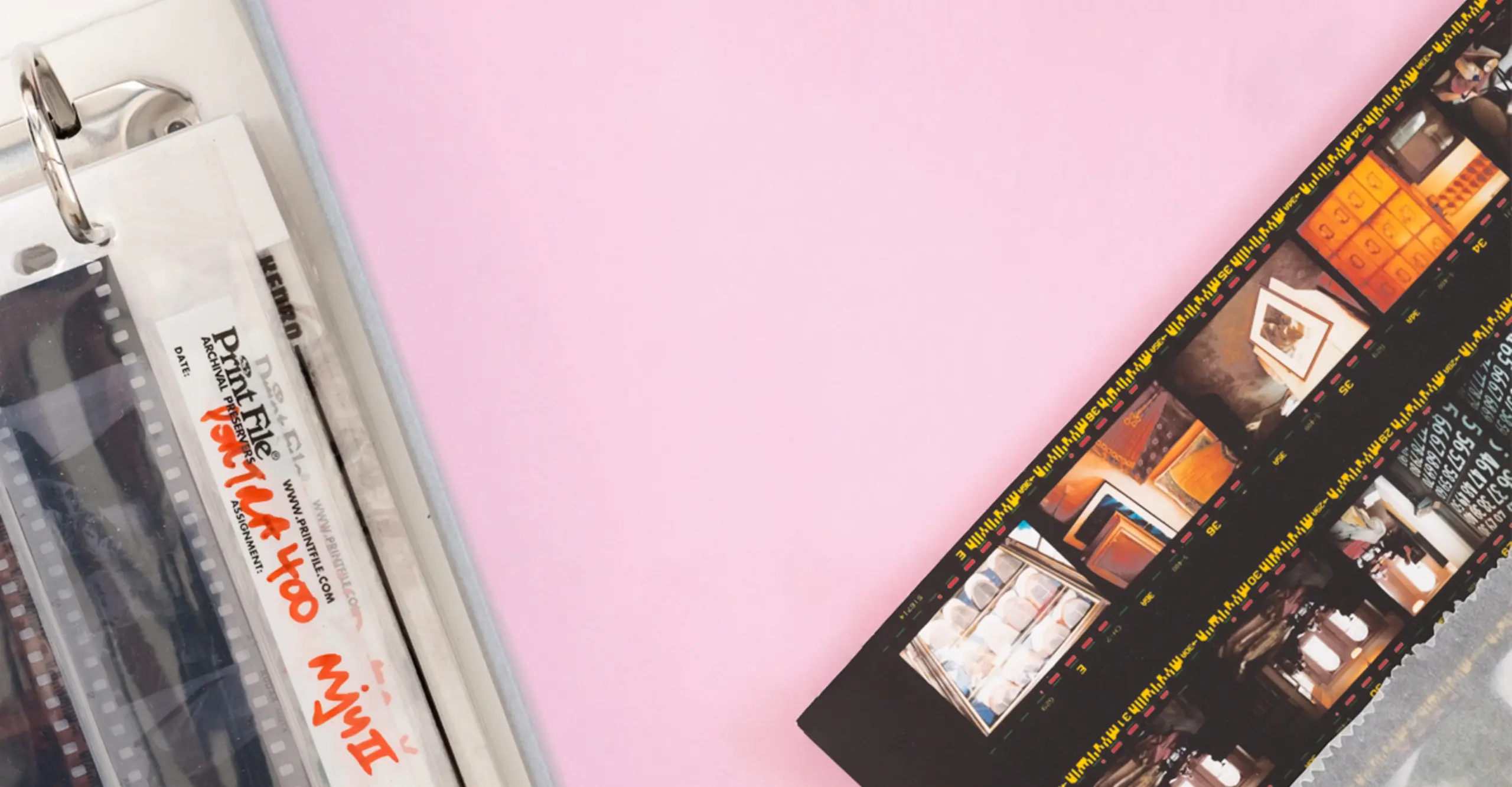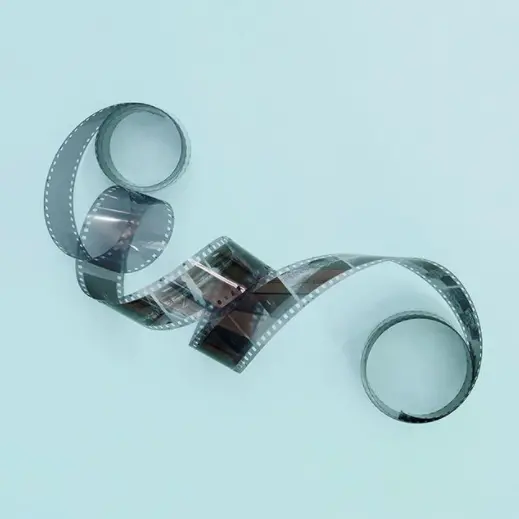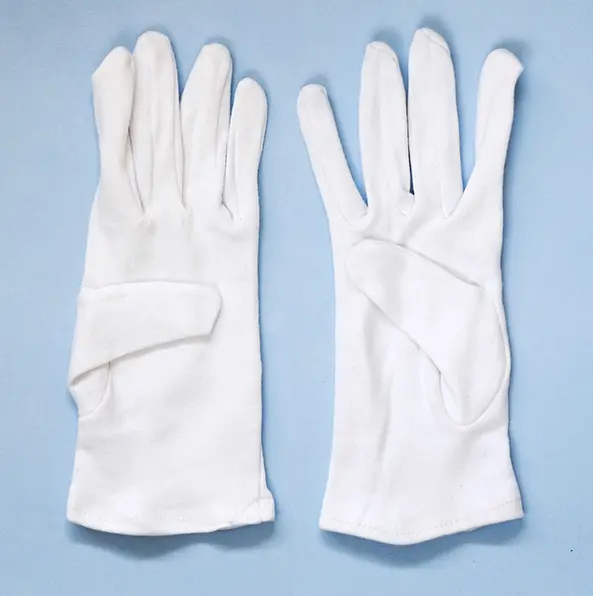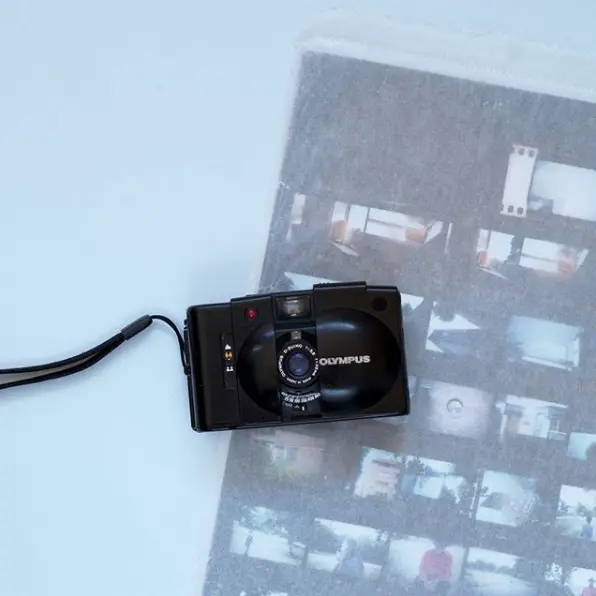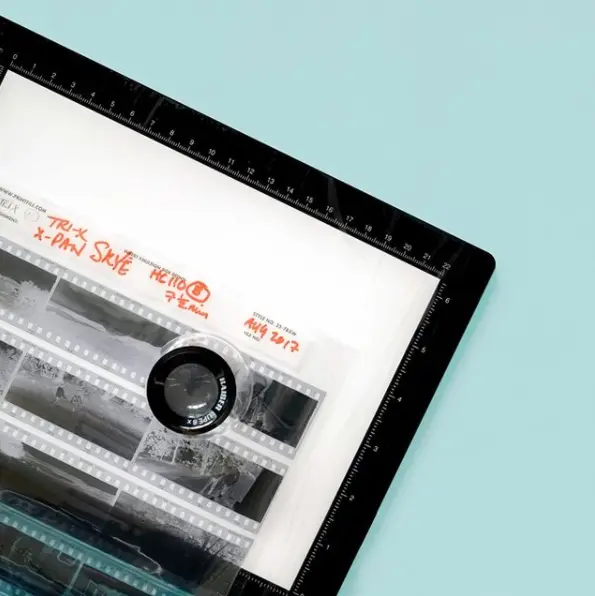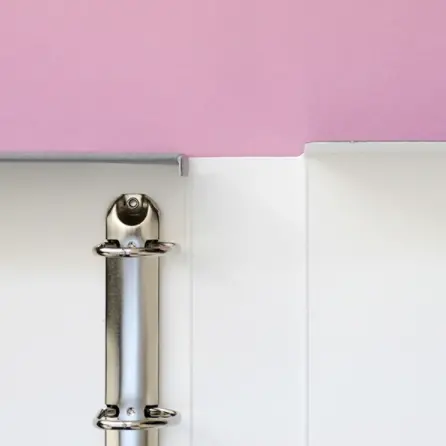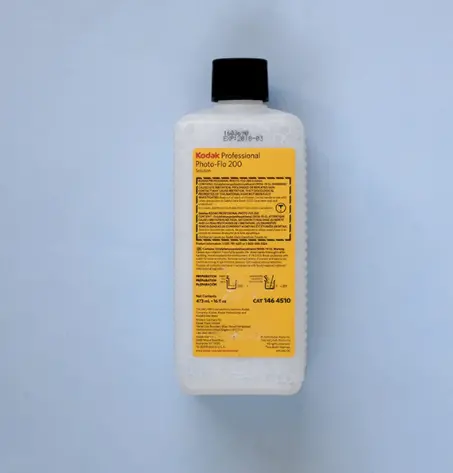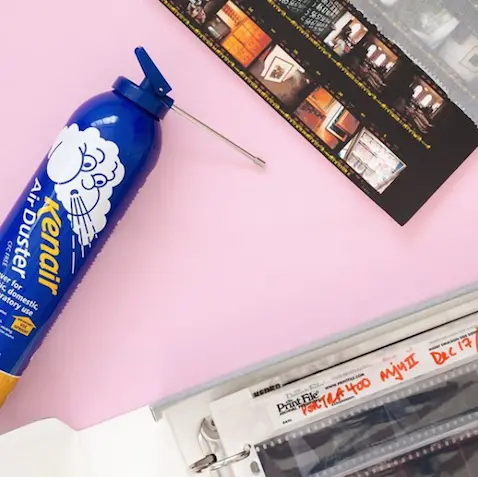1. The second you process your film or get it back from the developers, think about the long term.
You want it to be easy to find after a few years when you have developed loads more rolls of film. People often make the mistake of forgetting about this part but try to do the organising job as soon as you get the film or prints. This can really improve your workflow in the future.
